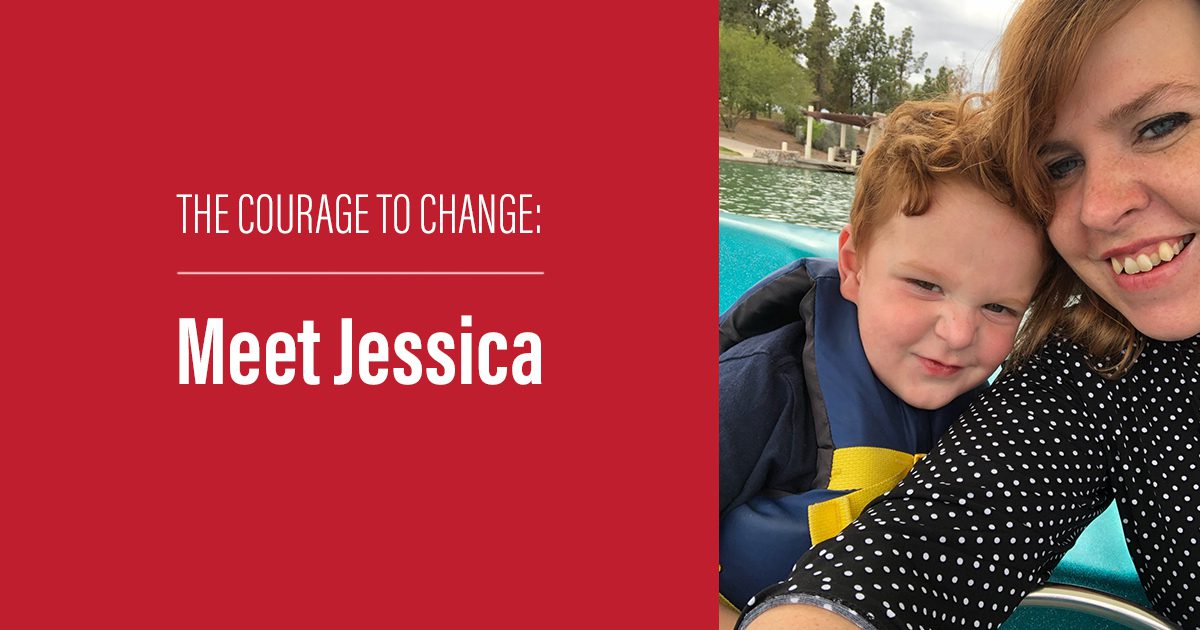Low-income college students face incredible obstacles to earning their degree, obstacles that have nothing to do with their intelligence, motivation, or work ethic. One of the primary obstacles? The Digital Divide, the disparity in technology access and skills between low-income students and their peers.
What is the Digital Divide?
Over 85% of low-income college students lack the necessary technology to complete their classes. The numbers are even higher among first-generation and minority low-income college students. This Digital Divide is not just a lack of technology access, and it is not easily corrected by providing laptops or affordable internet access. Instead, the Digital Divide, one of the major obstacles low-income students face to earning their degree, presents a pervasive systemic inequality that will take time to correct.
Research into the Digital Divide shows that the problem is multi-faceted.
- Equipment: Low-income students lack access to adequate technological equipment, most commonly laptops. For those who do have equipment, it is often seriously outdated or broken.
- Internet: Access to internet at home is prohibitively expensive, or, for those who live where internet companies offer low-income customers reduced-cost internet, service interruptions and slower internet speeds are common. Imagine online work taking four times as long to complete, not because of your intelligence but because of your internet service!
- Familiarity: Individuals who grow up in low-income households often lack the basic computer and internet skills that their peers develop before entering college. Additionally, middle- and upper-income individuals often have family they can rely on to help them with technological problems, while low-income individuals often lack this resource.
- Self-Advocacy: Low-income students are less likely to advocate for themselves to professors or other staff members when they have a technological question or problem. They may feel shame or embarrassment, they may not know how to approach a person in authority, or, even, they may not recognize this as an option in the way that their peers do. At Live & Learn, we see regularly that individuals in generational poverty grow up in a culture of alienation from formal institutions. Low-income college students may not have had skills of self-advocacy taught or modeled for them.
At Live & Learn, helping women overcome the digital divide is a crucial component of our support for them pursuing post-secondary education.
 Live & Learn Addresses the Divide
Live & Learn Addresses the Divide
Live & Learn’s Equipped for Success Program bridges the digital divide for low-income women enrolled in college. The program launched in 2017, and it continues to grow in response to the serious need in our community. Equipped for Success provides technology, assists with access to internet and software, and ensures women develop necessary computer skills.
The Equipped for Success Laptop Lending Library provides laptops for women each semester. Client Coordinators work with each woman to ensure she has the technological skills she needs for her school and career. As needed, women are referred for basic computer skills classes and attend workshops from our community partners and local libraries. Live & Learn provides needs-based financial assistance to help women afford required software or monthly internet. As always, our primary approach at Live & Learn is to link women with the resources already available in our community, coaching them in self-advocacy skills.
We need to address pervasive inequalities and obstacles to education if we are going to empower women to rise out of poverty and build a better future for their children. Equipped for Success makes it possible for smart, hardworking women to earn their degrees, thanks to the generous donors in our community who support Live & Learn.


 Live & Learn Addresses the Divide
Live & Learn Addresses the Divide
